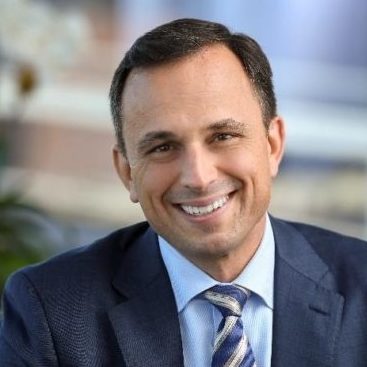Employees’ mental health is worsening as the return to the workplace looms, according to new research, with rates of stress, anxiety, depressed mood and PTSD risk on the rise once again.
The latest data from Total Brain’s Mental Health Index signals an impending trend reversal among female employees, who had seen remarkable mental health improvements since January. Compared to March, women are showing a 33% increase in feelings of anxiety, a 25% increase in stress, and a 23% increase in depressed mood.
Simultaneously, the growing anxiety and stress among 40- to 59-year-old employees, highlighted in last month’s Mental Health Index, continues to curve upward. This group of employees, who are often mid-level and senior leaders, are showing a worrisome 40% increase in feelings of anxiety in just the past two months.
“The pandemic isn’t over and the prospect of returning to work is stressful,” Katy Schneider Riddick, director of strategy and engagement at One Mind at Work, said last week during a webinar discussing the results.
Total Brain’s Mental Health Index, in partnership with the National Alliance of Healthcare Purchaser Coalitions, One Mind at Work and the HR Policy Association and its American Health Policy Institute, is based on 500 anonymized assessments randomly selected among thousands of Total Brain assessments taken each week. The index has been tracking employees’ mental health over the past year and has found ebbs and flows in how workers are feeling, often corresponding with the outlook on the pandemic.

Colleen McHugh
“There’s a lot of focus on return to the workplace. Some of these results [show] the anticipation of, when is this going to happen, when do I have to go back?” said Colleen McHugh, executive vice president of the American Health Policy Institute and strategic adviser for HR Policy Association. “[People] got used to being home, in a new pattern. It’s a whole new change; it’s another change. [They’ve] got to think about transitioning and taking care of kids, pets, parents—and a lot of that falls on females. I think that’s definitely leading into it, knowing their life is going to change again and wondering how the virus will be.”
Podcast: COVID-19’s impact on workplace mental health
The index results come as other data has pointed to the concerns that employees have about returning to the workplace. Recent research from Total Brain found that two-thirds of American workers say they feel somewhat or extremely anxious about returning to work. Limeade research found that a shocking 100% of employees surveyed are anxious about returning to the workplace, citing concerns over exposure to COVID-19, less flexibility and commuting to work. And careers site FlexJobs, which surveyed more than 2,100 people who have been working remotely during the pandemic, found that 58% of workers say they would “absolutely” look for a new job if they weren’t allowed to continue working remotely in their current position.
Related: Requiring employees to return to the office? Get ready for them to quit

Daryl Tol
Daryl Tol, executive vice president of One Mind at Work, says employers need to understand these employee concerns as they consider bringing workers back to the workplace. “Employers really need to think about this from a support and accommodation standpoint,” he said. “We need to think about this as a period of change in which many people will feel they are starting a new job all over again. We would encourage people to reorient workers back to the office.”
From a COVID-19 infection concern standpoint, employers also need to be cognizant of their health and safety protocols, says Riddick.
“We’re seeing an entire societal shift in what our personal boundaries are and navigating those new boundaries to feel safe in the workplace and interact with other employees or anyone you may come in contact with throughout the day. It’s really critical that employers set really clear expectations for employees—we want you to socially distance, wear masks in certain scenarios or take other precautions—and make employees feel safe that if they [reinforce] those personal boundaries, that the organizations will support them.”